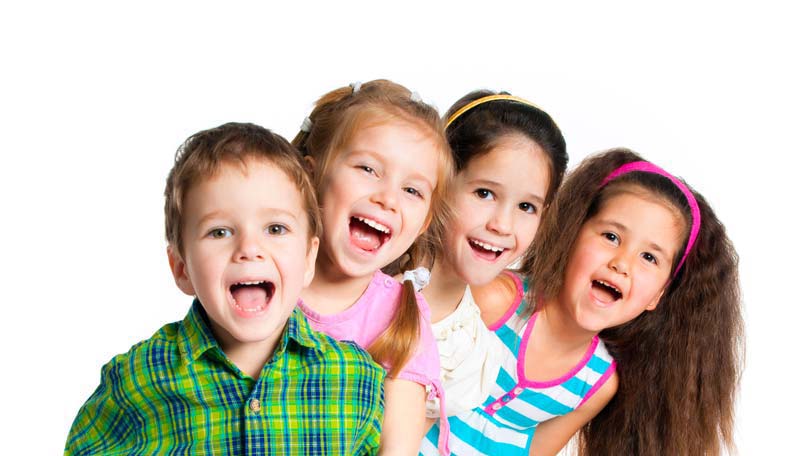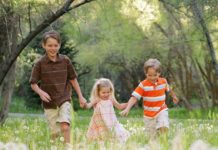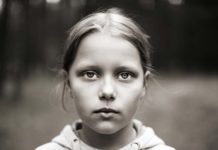
Schools are where children gain knowledge but it’s also the place where they create connection and develop as social beings. Hopefully, it’s a place where they feel they belong.
School climate promotes — or complicates — a student’s ability to learn and achieve academically. This is common sense. To the extent that students feel safe, cared for, appropriately supported and lovingly “pushed” to learn, academic achievement should increase.– The School Climate Challenge, National School Climate Center (NSCC)
So what actions by adults positively impact students’ sense of feeling valued? Part of the answer is as simple as giving children eye contact, knowing and using their names and engaging them in positive conversation. In other words, helping them be seen.
In an ideal world, they will always feel respected but as millions of kids know, peer mistreatment happens. In those cases, it’s the job of parents and school staff to make sure they are not only seen but also heard.
The Youth Voice Project researchers went to the source and surveyed over 13,000 students in grades 5-12 to assess what advice and actions actually help; which ones don’t; and how do kids effectively help each other.
According to the students, the No. 1 most helpful adult action was listened to me. Listening, following up and giving advice ranked at the top and told me to stop tattling was at the bottom. Discouraging kids to report hurtful behavior is perhaps one of the worst things adults can do. If they don’t tell, they can’t receive help. Teaching them from young ages how to report something responsibly versus getting someone in trouble is a critical skill.
Kids need adult help but they also need each other. How do we mentor our children when they’re the bystander witnessing mean behavior? Turn the role from a bystander to an upstander.
The difference between the two is action. Although it’s good to ask kids to take action, training them to “confront” the child acting like a bully may not be the way to go. According to the Youth Voice Project, it’s not the most effective and in some instances, makes the problem worse. Instead, kids report that the following list of peer actions are much more helpful:
Included Me and Spent Time with Me at School
Most Helpful Actions Overall
Walked or spent time with me at school
Talked to me at school to encourage me
Gave me advice (hope)
Helped me get away; made a distraction
Helped me tell adults
Children can be taught how to “Step Up” to help another child out through empathy, inclusion, even humor and seeking help from trusted adults. By encouraging kids to communicate and then being present for them, the problem may not be immediately solved but the sense of safety will most likely remain intact.
It never hurts to go for the A+.
Susan S. Raisch is the founder of Tangled Ball®, a resource that shares expert bullying prevention, leadership and online safety resources. She is the author of Superheroes Wear Mom Jeans: The Tangled Ball® Guide to Anti-Bullying for Parents of Young Children. Susan was a public affairs consultant for more than 25 years specializing in issues that impact the home, including parenting, education and health. She is married with four children and two grandchildren.





